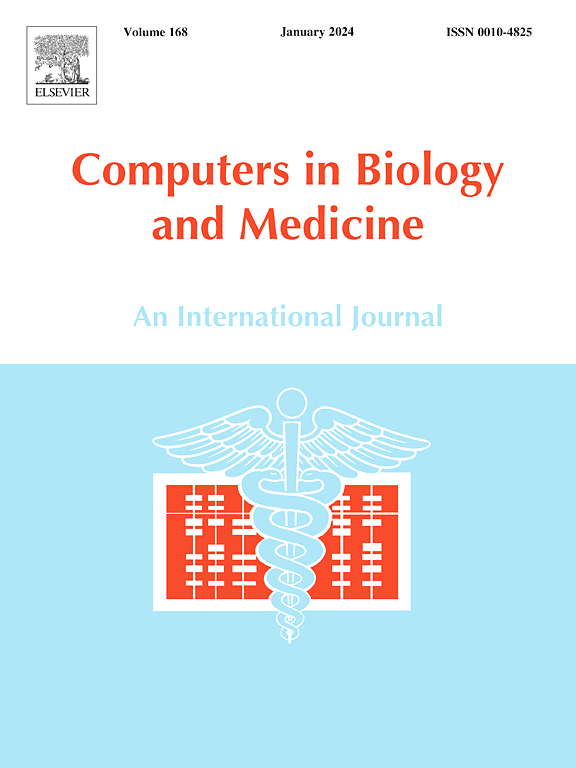Deployment of a digital twin using the coupled momentum method for fluid–structure interaction: A case study for aortic aneurysm
IF 7
2区 医学
Q1 BIOLOGY
引用次数: 0
Abstract
Introduction:
Dacron graft replacement is the standard therapy for ascending aorta aneurysm, involving the insertion of a prosthesis with lower compliance than native tissue, which can alter downstream hemodynamics and lead to adverse remodeling. Digital human twins (DHT), based on in-silico models, have the potential to predict biomarkers of adverse outcome and aid in designing optimal treatments tailored to the individual patient.
Objective:
We propose a pipeline for deploying a digital human twin of the thoracic aorta to explore alternative solutions to traditional Dacron grafting, utilizing more compliant prostheses for reconstructing the ascending aorta.
Methods:
We propose a DHT based on fluid–structure interaction (FSI) analysis of the thoracic aorta. We create 3 models of the patient, representing: (i) the pre-operative baseline, (ii) the post-operative with Dacron graft, and (iii) a virtual post-operative using a compliant fibrous prosthesis. 3D geometry of the thoracic aorta for a patient with a congenital aneurysm, before and after the surgery, were reconstructed from magnetic resonance imaging (MRI). As inlet boundary condition (BC), we assigned a time-varying 3D velocity profile extrapolated from 4D flow MRI. For the outlet BCs, we coupled 0D Windkessel models, tuned to match the flow rate measured in the descending aorta from 4D flow. The aortic wall and the prosthetic graft were modeled as hyperelastic materials using the Holzapfel–Gasser constitutive model and tuned to patients distensibility. FSI analysis was run for two cardiac cycles.
Results:
Results were validated against 4D flow data. Quantitative comparison of outflows between FSI and 4D flow yielded relative squared errors of 5.28% and 0.33% for models (i) and (ii), respectively. Wall shear stress (WSS) and strain increased in both post-surgical scenarios (ii) and (iii) compared to (i), with a lower increase observed in the virtual scenario (iii) (). However, the difference between scenarios (iii) and (ii) remained moderate on average (e.g., 0.6 Pa for WSS).
Conclusion:
FSI analysis enables the deployment of reliable thoracic aorta DHTs to predict the impact of prostheses with different distensibility. Results indicate moderate yet promising benefits of more compliant fibrous devices on distal hemodynamics.

求助全文
约1分钟内获得全文
求助全文
来源期刊

Computers in biology and medicine
工程技术-工程:生物医学
CiteScore
11.70
自引率
10.40%
发文量
1086
审稿时长
74 days
期刊介绍:
Computers in Biology and Medicine is an international forum for sharing groundbreaking advancements in the use of computers in bioscience and medicine. This journal serves as a medium for communicating essential research, instruction, ideas, and information regarding the rapidly evolving field of computer applications in these domains. By encouraging the exchange of knowledge, we aim to facilitate progress and innovation in the utilization of computers in biology and medicine.
 求助内容:
求助内容: 应助结果提醒方式:
应助结果提醒方式:


